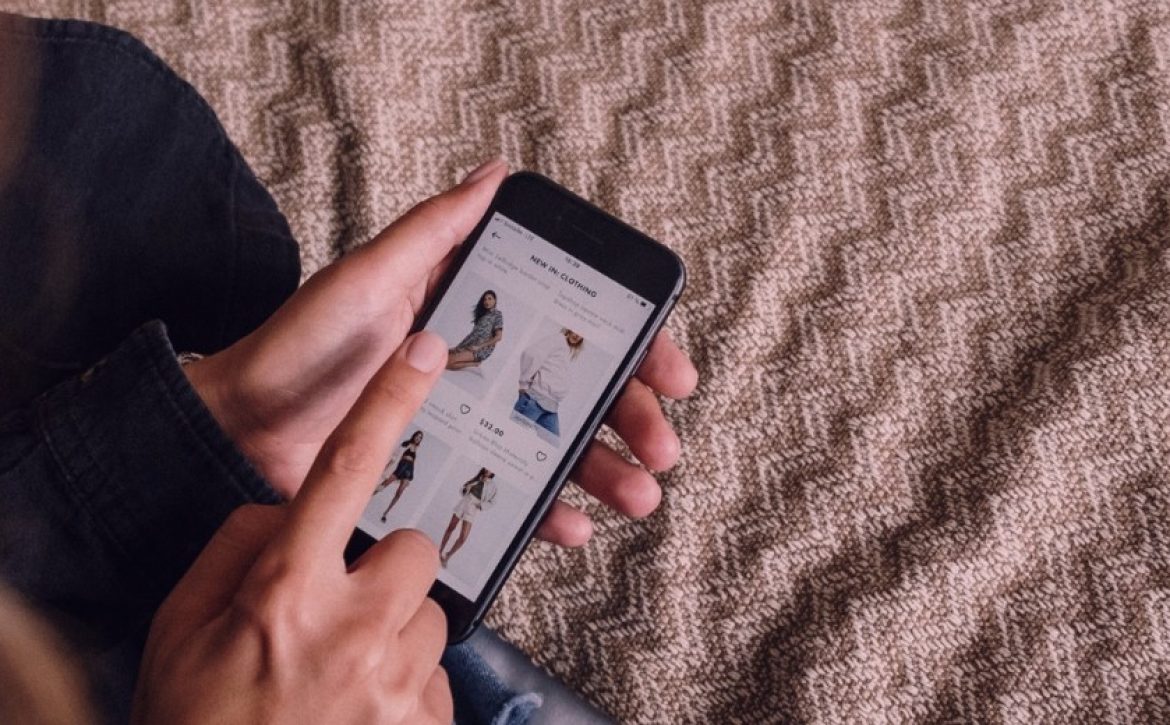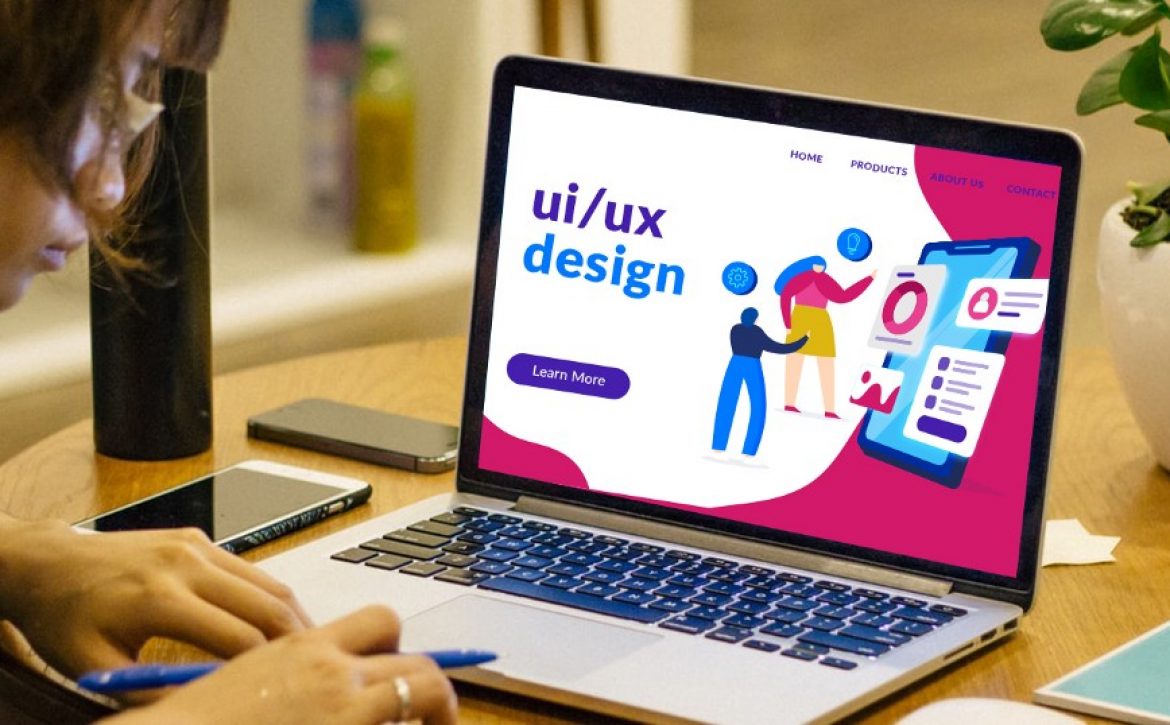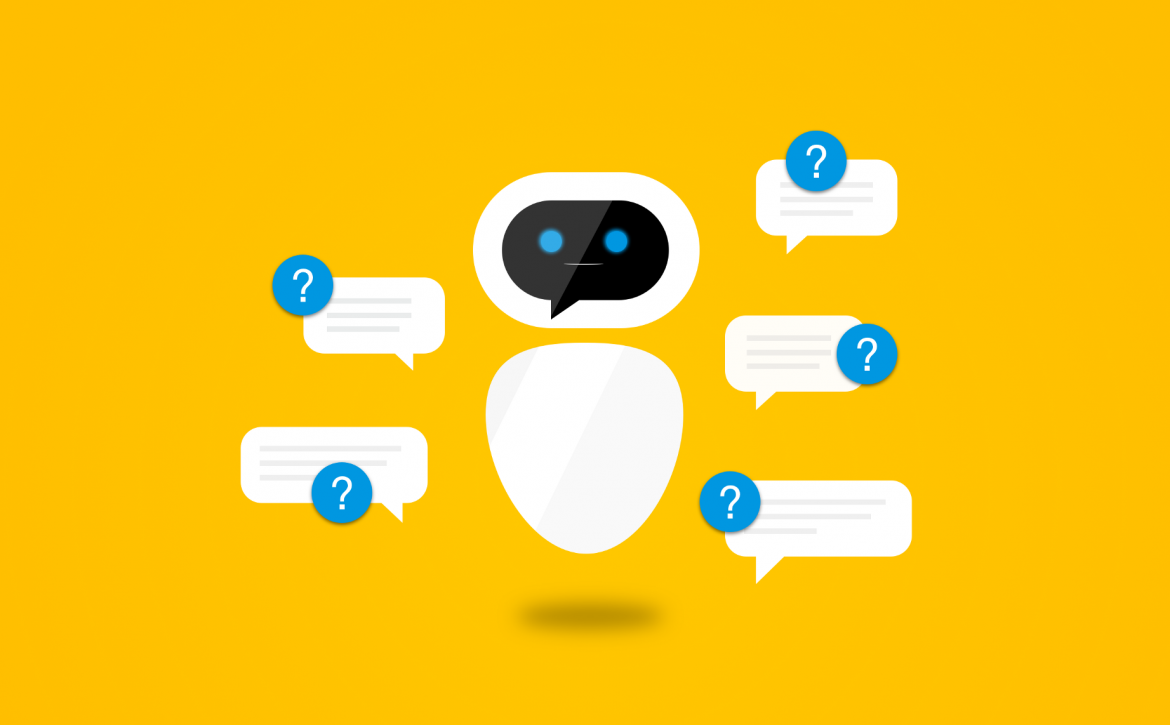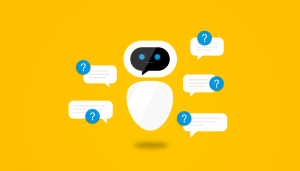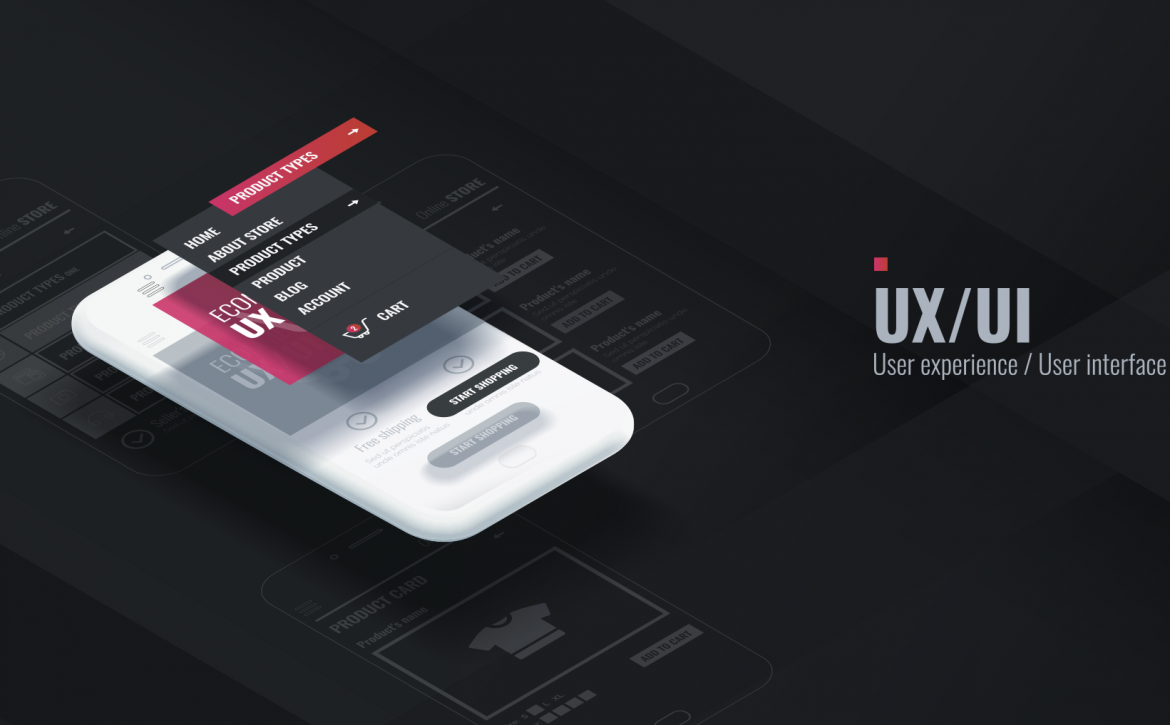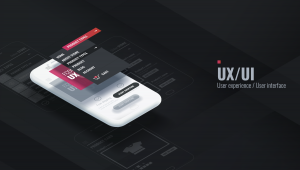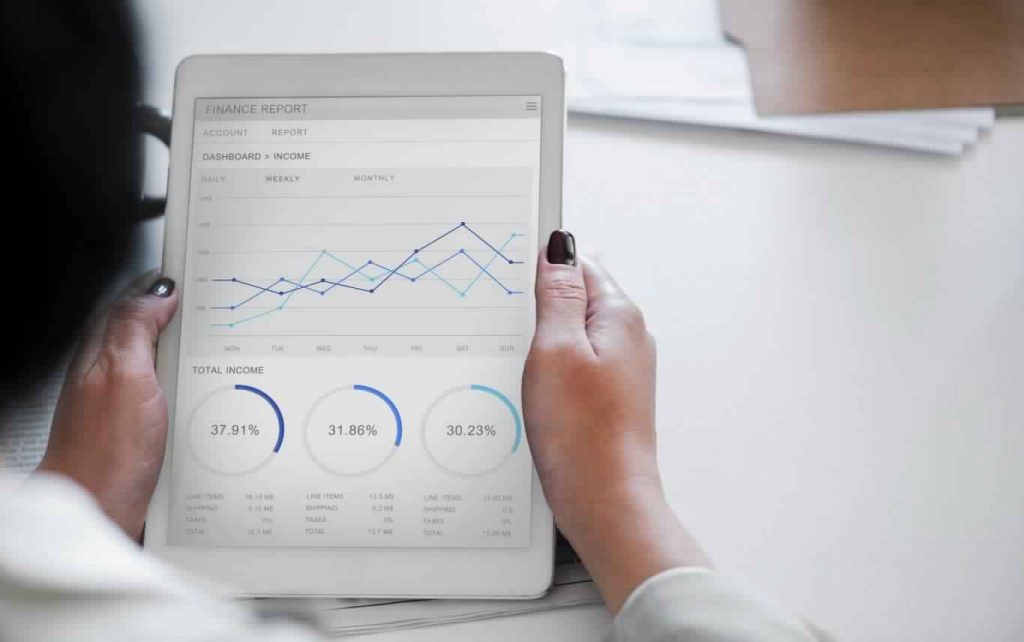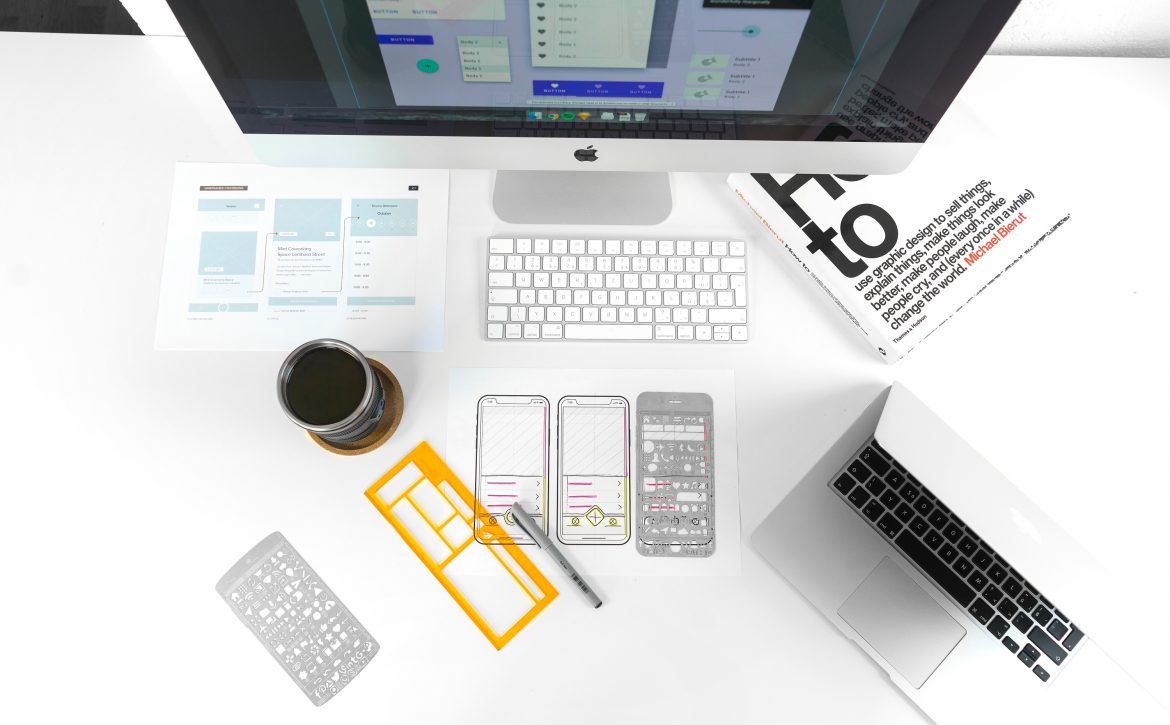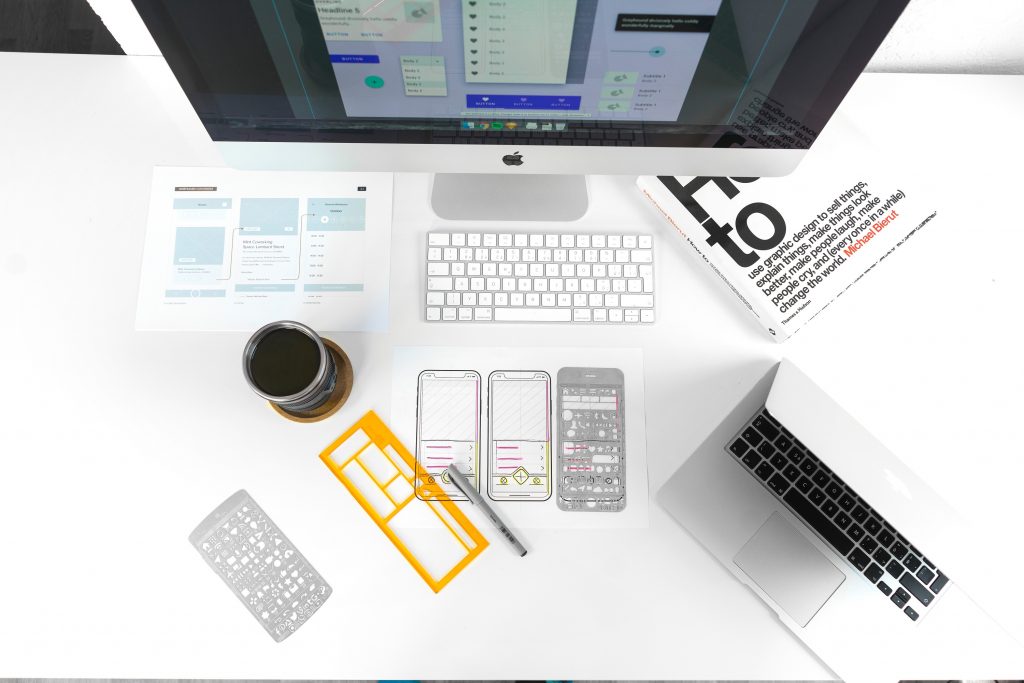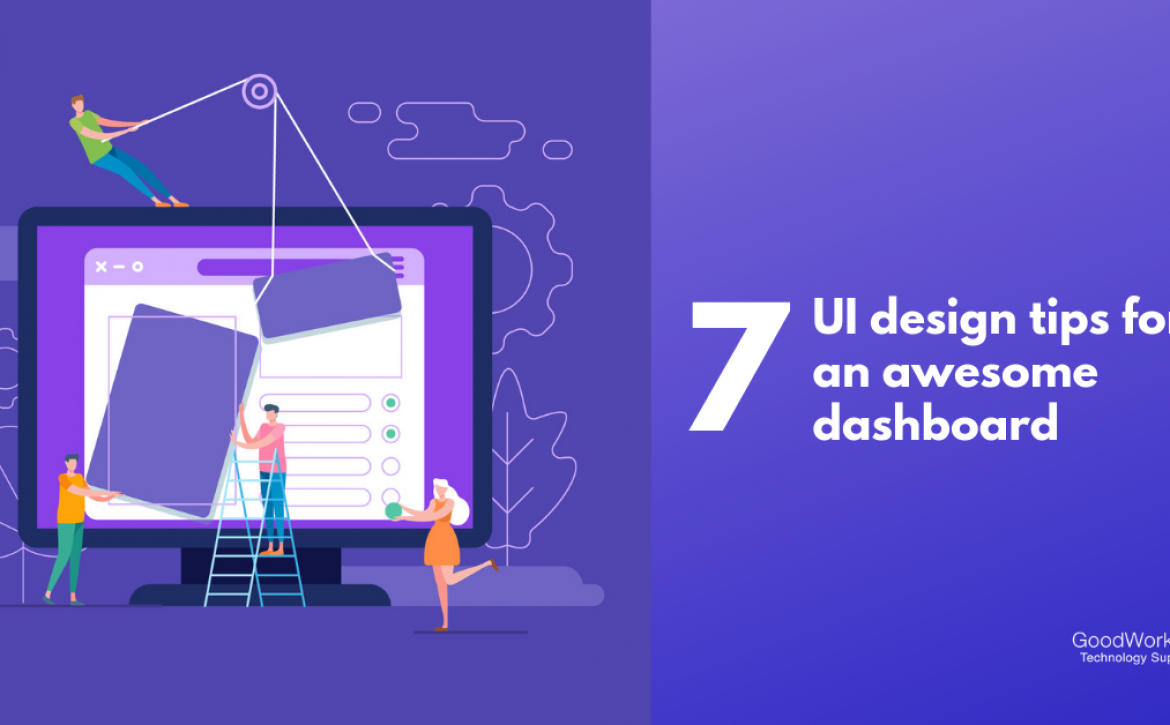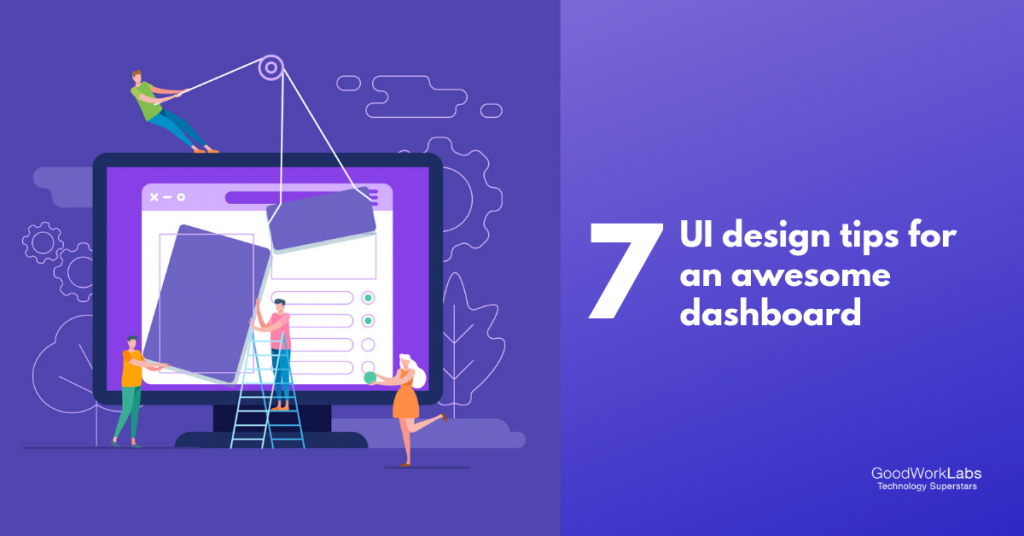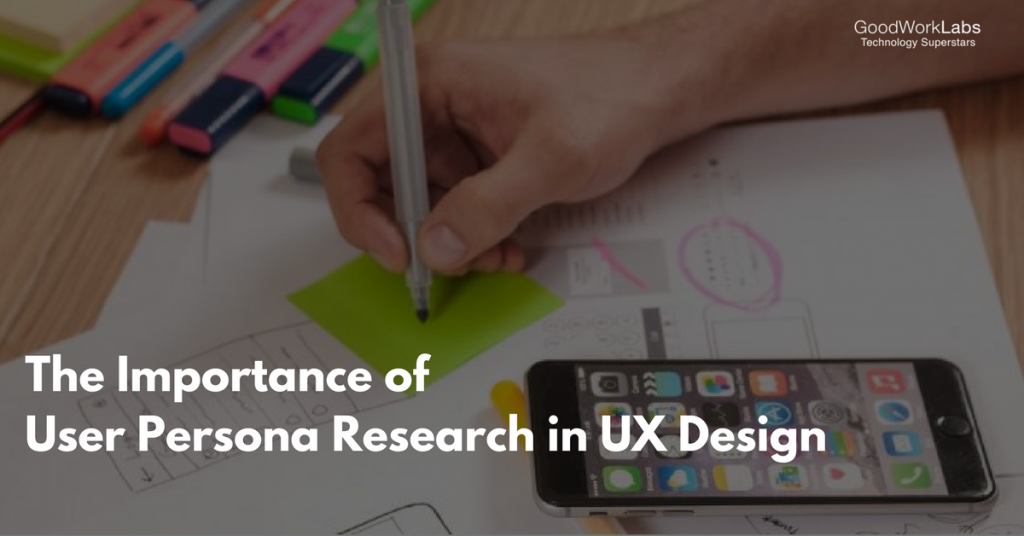The Importance Of UI And UX Design For Mobile Apps
Many times we come across a new application but we end up closing it. The reasons are varied, either the app doesn’t fit your screen, or doesn’t look that appealing, or is just too complicated to navigate? Or do you remember how you felt when you opened an app – your first impression? Good, boring or amazing?
So what happens when your app doesn’t match the consumer’s expectations and they face any issue related to your application design – of course, they would choose to uninstall and look for better options. This is where an experienced UI and UX designer comes to your rescue. The design and development industry has withstood the test of time and has evolved. While many brands keep on updating their app designs depending upon the consumer behaviour, there are still few brands that are not giving the attention to the app design that it deserves. Such brands or companies will slowly fade away from consumer’s smartphones and app stores.
In this article, let us look at what is the importance of UI and UX design for mobile apps. But before that, let us understand what does UI and UX mean.
You can also read – ‘The Importance of UI and UX Design for Mobile Applications’ to get further insights.
User Interface(UI), is a way through which a user interacts with the application. User Experience(UX), is about creating a system or application which provides the best experience to the users. Consult GoodWorkLabs, the eminent UX design studio in Bangalore, to get applications with world-class designs.
Why does your app need an efficient UI and UX design?
Living in a fast-paced world, the attention span of customers/users is limited to just a few seconds. Therefore it is very important to catch their attention in a short time span so that they hook to your application for a long period of time. A user will spend more time on your application, and if both of you are on the same page he/she may become a loyal user. So, what is it that can grab a user’s attention in no time? Well, it is the UI and UX of the application that helps them to be hooked to an app. A favourable and relevant UI and UX design will help you in keeping your users engaged.
So apart from captivating users, here is what UI and UX do:
Enhances customer satisfaction
A happy user will surely recommend your app to their peers, friends and other close circles. An impressive app with easy to navigate interface, compelling design and insightful content will keep your users satisfied with the services of your application. This will increases your user database, thereby helping you increase downloads of your application.
Understanding user behaviour
UI and UX design can help you customise your application for different audience segments, thereby keeping all your audiences sets engaged and happy. As the UI and UX of an app are designed by keeping audiences or users in the core, hence it automatically attracts the audience it is built for. UI & UX also gauge the user journey through your app so that helps you analyse the flaws in your application’s UI and UX design and you can take corrective measures to bridge the gaps.
Builds your brand
An application that impresses the users will automatically become popular among users. UI and UX design play a major role in keeping your audiences engaged, happy, and loyal. People like engaging with applications that provide value and proves useful. It also adds more credibility to your business, which increases your business and brand value.
Consult GoodWorkLabs, the renowned UX design studio in Bangalore
The ideal way to ace your UI and UX design is to understand your audience needs. If you are looking to have a compelling UI and UX design then reach out to us at [email protected] or call +91- 9863077000 and our creative UI and UX design team will build an efficient and effective UI and UX design for your application.


